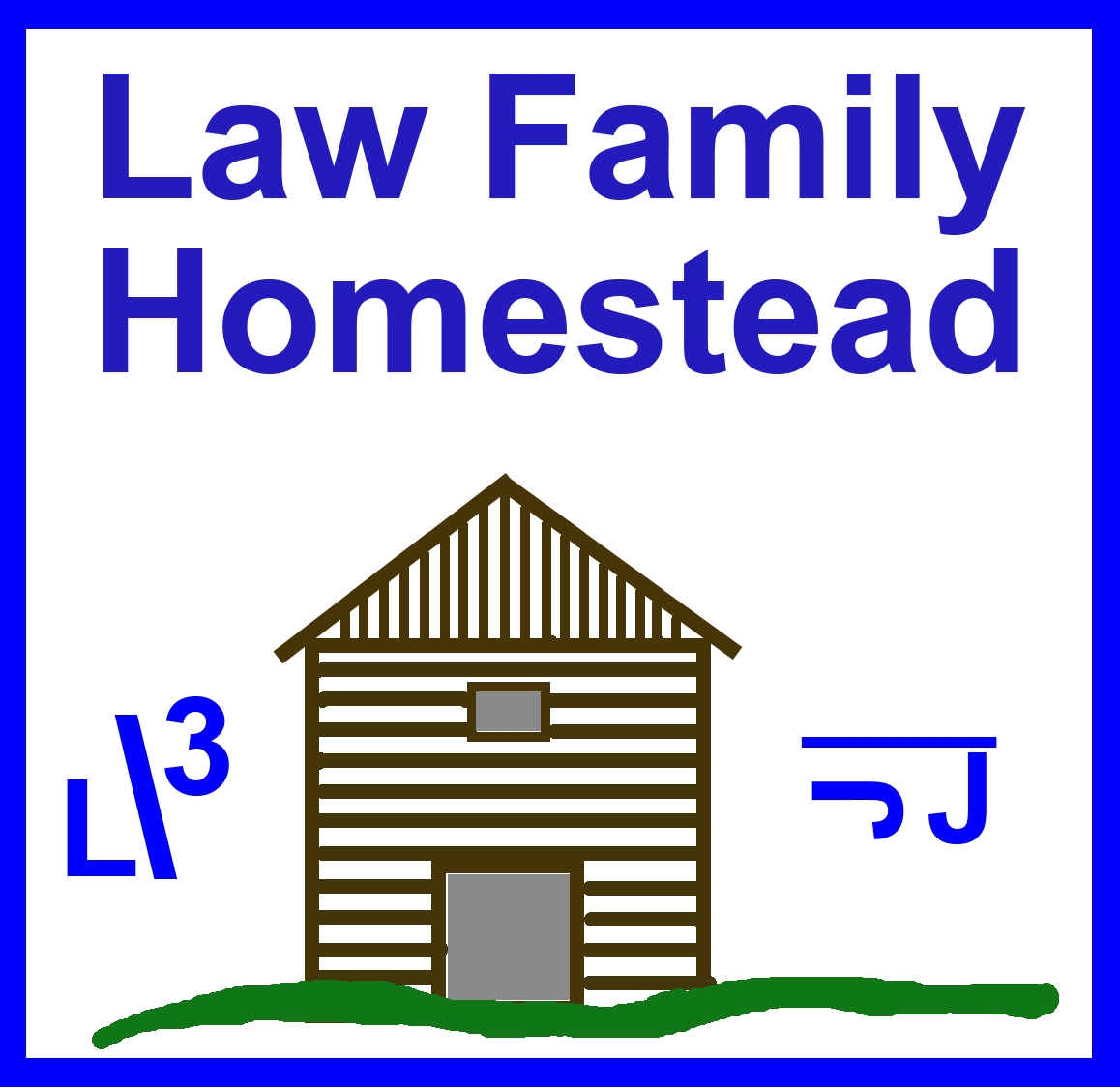I was heading home from Billings, Montana going west on Highway 12 below Lolo Pass in March 2015. I stopped my truck and crossed the Lochsa River on one of the swinging pack bridges for a quick two-hour hike up the mountain trail towards the Selway Wilderness. It felt good to stretch my legs on the 3,000 foot accent after working under horses for the past couple weeks.
As I hiked briskly upward through the fog and a light drizzle of rain, I thought about the opportunity to learn how to cruise timber from Steve. Steve, a well respected timber cruiser known for his accurate and honest work, was interested in passing along his knowledge of forestry to a younger generation. As future events unfolded, I felt led by God to become involved in this new learning experience. Steve was an excellent teacher and Godly mentor as he carefully taught me how to precisely cruise timber. This experience, spanning the period of a couple years, was life changing and character building as I learned the nuances that a timber cruising contract required.
Then I started out on my own, examining stands of timber near the Canadian border on down toward Boise, Idaho. I found this newly acquired skill challenging and vigorous as I quickly pushed and crawled up to 12 hours per day, through dense thickets of brush, gathering tree heights, diameters, defects, and disease information from timber thick with overgrowth. Some stands were on steep hillsides with cliffs and rock ledges having an elevation change at times of 1,000 feet. At other times I hiked along high sub-alpine meadows where the sun shown on fantastic mountain views around me. But my excitement was dampened by thoughts of my family at home facing their struggles without me.
During the transition years of settling the new homestead, our family had from time to time, adapted to a different long distance relationship. But the time apart was growing more frequent. This at first led to an imperceptible change as I struggled to balance my time working, against observing the effects the neglect of a father's everyday influence was starting to produce in my sons. With time on the road, and later in isolation with my own thoughts in the forest, I began to see that my ability as a wage earner could not compensate for extended periods of time away from my family. Every incurred expense directly represented additional time away from my family. The choice was mine to make. Where would my time best be spent?
I chose to acknowledge the top priority in my life was to create a secure and smoothly operating traditional family. We could function more as a traditional family by increasing my employment at home giving me time to correctly train our sons for their futures. This would be possible with the elimination of expenses through carefully planned lifestyle changes that would keep our family together more of the time. These ideas were shared and readily supported by my wife who saw wisdom in these changes. She and I observe and solve problems from different angles. By combining our different roles in a concerted effort towards this known goal, our capacity for a successful resolution was multiplied.
At first, I saw the creation of our own building materials as a short term economic solution to utilize the surplus time between my transition in employment options. This productive home labor opportunity now represented something more valuable to me as I worked with my hand tools to avoid accumulating additional expenses which would lengthen my time away from our homestead. My sons were playing nearby and naturally wanted to be involved with the timber management and log hewing process. While the chips were flying from my axe, I could hear the creek flowing and the birds singing. I was filled with peace and contentment as I knew this action toward labor modification was the first in a succession of future actions achieving the result of keeping our family together.
And now with the finished grand fir wall logs, 8x8 Douglas fir floor support beams, and enough material left over to heat our home for two winters, we next focused on our southeast facing slope searching for suitably sized timber to build our barn roof rafters. This side of the creek bottom was composed mainly of 14" to 24" (DBH) ponderosa pine trees from 50 to over 100 feet tall. There were many fork-topped trees in this stand as well as the recurrence of two trees growing near each other in pairs. In several areas, healthy regeneration of Douglas fir and ponderosa pine had progressed well, while in other areas older grand fir were showing signs of suppression as they stood dwarfed in the shade of the older pines surrounding them.
I took taper heights with my relascope to insure we had the proper amount of straight log and diameter available to hew and split out 16 rafters measuring 4"x 9"x 20 feet. Fortunately, six trees were located fitting this description growing near superior trees. This created a win-win situation for the forest and for us as we removed the inferior trees to make more room for new growth and supply us with rafter material.
Our neighbor, during this time, let us clean up 5" to 8" pole material left over from harvested timber on his land. This gave us the remaining material for our future 4x4 roof purlins and the remaining second floor joists.
One more important tree remained to finally complete the list of building materials we needed to start barn construction. I was in search of this tree.
(To Be Continued)

